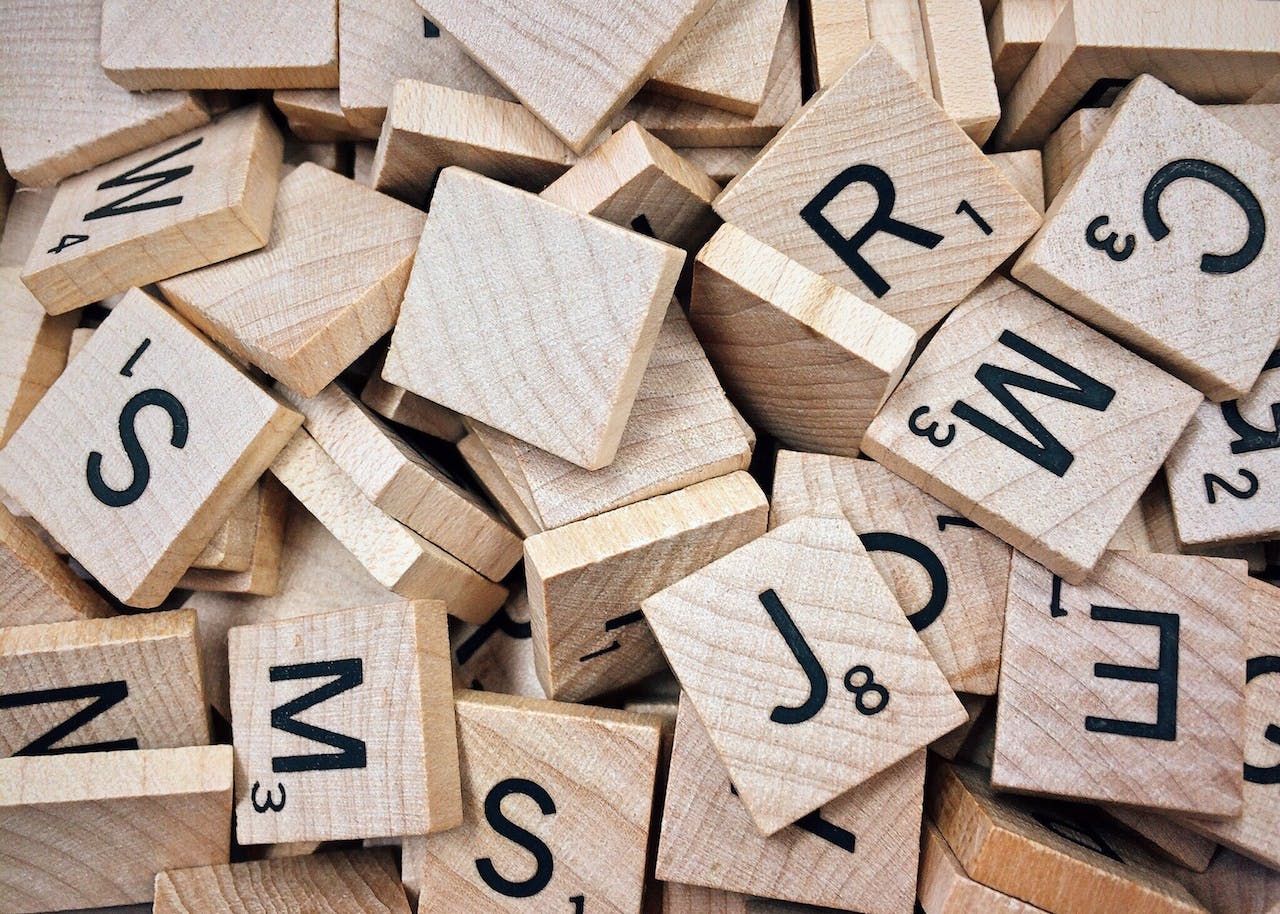
A diagnosis of dyslexia impacts around one out of five individuals (or 20 percent of the population), according to Yale University. Dyslexia causes reading struggles, and children with dyslexia have difficulties with letter sounds and blends (i.e. phonological processing). Yale explains that contrary to popular belief, dyslexia does not cause letters to appear backwards; they will have difficulty with spelling and learning letters, though.
While phonological understanding is impacted, children and adults with dyslexia often comprehend text well through auditory means. When helping children with dyslexia with reading, certain fonts also are easier to read than others. What is the easiest font to read for dyslexia?
What is the Best Dyslexia Font
Edutopia reports that fonts dubbed as ‘dyslexia fonts’ are not more impactful than other typefaces. However, the British Dyslexia Association recommends sans serif fonts like Arial and even Comic Sans.
Is one font truly better than another? For parents, the true test should be guided by their child’s needs and preferred learning methodologies. Some parents advocate for their child’s lessons to be written in an easy-to-read sans serif typeface.
Teachers also might choose fun curly fonts for newsletters or to create impactful and creative worksheets for children. If a child is diagnosed with dyslexia, these curling fonts could lead to more difficulties for the child.
The best font for a child with a dyslexia diagnosis is the font that is easiest for the individual. A child might find that Comic Sans or Arial is easiest for them to read and decode. In addition, unique spacing or sizing also could aid the reading journey for a child diagnosed with dyslexia.
What is the Worst Font for Dyslexia?
If sans serif fonts are purported as the easiest fonts to read for children and adults with dyslexia, what are the worst fonts? Cursive fonts and curling elaborate fonts could lead to decoding difficulties. These fancier fonts might look different to a child with dyslexia.
Serif fonts, which are denoted by their ‘feet’ on the edge of each letter, also could be more difficult for decoding. The serifs add an additional detail to letters, and this could change their overall appearance for a child with dyslexia.
Parents need to remember that children with dyslexia struggle with letter identification. The phonological awareness impacts proper decoding; while some studies conclude that ‘dyslexia fonts’ lack true benefit, parents might disagree. Again, each child is different. Some children could find that a sans serif font is easier to read than another more complex or elaborate typeface.
How to Try Out Dyslexia Fonts
Parents with access to Google Docs or Microsoft Word (through Office) have many fonts available at their fingertips. To determine if a child’s reading ability or their ease of reading improves with font choice, parents can try out different font styles.
Play with font size and spacing. Is an Arial font easier than Verdana? Does difficulty increase with a serif font (like Garamond)?
For parents who use reading programs to help their child gain confidence and fluency, review the font type. Typically, reading programs offer the easiest font type for all readers–a sans serif. In addition, a reading program might allow parents to set font choice for books and lessons. Readability uses sans serif fonts on its website and throughout the reading program.

What is the Best Font for Dyslexia?
Unfortunately, there is not one single best font for a child with dyslexia. While sans serif typefaces might be better for some children, these fonts might not aid learning for all children. Parents can work with their child to better understand if font choice improves the reading journey.
When helping a child with dyslexia gain confidence and reading fluency, choosing a reading program designed for the child’s needs is more impactful than swapping out fonts. Depending on the school district, reading program choices vary; some school districts utilize the Wilson Reading System.
Is a Dyslexia Friendly Font Just a Myth?
According to some organizations, a dyslexia-friendly font is not a myth. Some purport that sans serif fonts like Arial and Garamond aid the reading journey for children (and adults) diagnosed with dyslexia. Other experts note that these fonts do not improve learning or the reading journey.
Choosing a dyslexia-friendly font might simply be a matter of preference. A child might find that reading is easier if the font is sans serif. Other children might notice little difference.
Some fonts increase reading difficulty. Children with dyslexia could struggle to easily decode curling cursive fonts or fonts that are more artistic in design.
FAQ: Fonts for Dyslexia
How is a sans serif font better for a child with dyslexia?
According to some sources, fonts that are denoted as sans serif (Garamond, Arial, and Comic Sans) are easier to read for children with dyslexia. However, other experts explain that these dyslexic-friendly fonts actually offer no added benefit. If parents find that their child likes these fonts more than a footed serif font (like Times New Roman), than swapping fonts makes sense.
What is a Sans Serif font?
Sans serif means ‘without serif.’ A serif font included a ‘foot’ or tiny bend at the edge of each letter. Serif fonts are formal, whereas a sans serif typeface lends an informal and laid back design.
Why do children with dyslexia see letters backwards or upside down?
As Yale University explains, children with dyslexia do NOT perceive letters as upside down or backwards. Signs of dyslexia include struggles with memorizing number patterns, difficulty in identifying letters, a lack of proficiency in learning rhyming patterns, and other related phonological concepts. The idea that an individual with dyslexia perceives letters upside down is a common myth that, unfortunately, perpetuates an ill-conceived understanding of this learning disorder.
How can parents help children with dyslexia feel more confident in school?
As children with dyslexia struggle with phonological mastery, learning to read is much more challenging. Parents can explore reading programs offered through their child’s school district and initiate a more formal evaluation for an Individualized Educational Plan (IEP). Through an IEP, children can receive differentiated instruction for reading and unique classroom accommodations to improve learning. However, not all children qualify for an IEP; parents should explore the options through their school.
What programs can parents use to help children gain reading proficiency outside of the classroom?
School districts are limited in the resources that they can offer children, even those with an IEP. Funding and other issues impact available programs and resources; in addition, some children do not meet the academic qualifications to receive an IEP. Parents of children who have been diagnosed with dyslexia may fear that their child will fall through the cracks of the educational system. However, reading programs like Readability can help parents provide reading help at home when the school offers limited educational resources.
Readability is designed to guide the reading journey; the program is appropriate for children in kindergarten through sixth grade. Readability offers a built-in AI reading tutor that learns each child’s voice and guides lessons. Children read books aloud through the program, and, as they read, the tutor identifies struggles and provides help and guidance. At the end of each story, the tutor asks questions about the book to measure reading comprehension.
Readability features sans serif fonts to ensure that stories are easy to read. In addition, children can listen to the stories through a feature called Storytime. To increase engagement and create an extraordinary user experience, Readability includes a rewards system that lets children earn stars for different reading tasks. These stars can be used to unlock special themed badges in the program.
Interested in exploring Readability? Sign up for a free seven-day trial period today!

 Español
Español